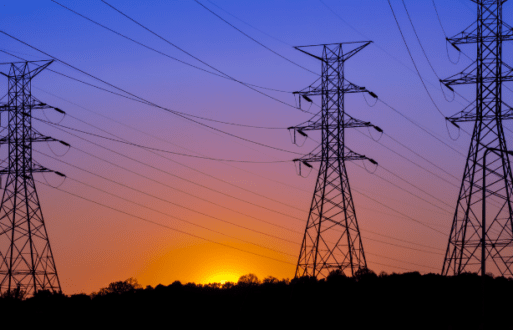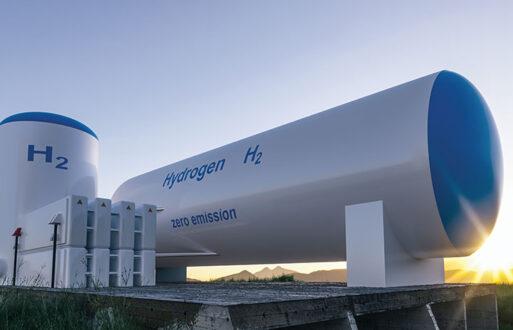Disclaimer: This blog post, which answers “What is a Power Purchase Agreement (PPA), and how do PPAs function in wholesale electricity markets?,” was generated using PCI’s ISO/RTO Documentation AI Chatbot, powered by ChatGPT. While the content is based on curated market documentation, it is intended for informational purposes only and may not reflect the most up-to-date or comprehensive information. We recommend verifying any key details directly with relevant sources before making business decisions.
For the latest answer to this question, generated live, visit our free ISO/RTO Documentation Chatbot.
Power Purchase Agreements (PPAs) are the backbone of many renewable energy projects and play a critical role in wholesale electricity markets. These contracts are long-term agreements between energy producers and buyers, ensuring a stable revenue stream for generators while providing buyers with predictable energy costs. But how exactly do PPAs function, and what makes them so vital in ISO/RTO energy and capacity markets?
In this blog post, we’ll explore the structure of PPAs, the differences between physical and virtual PPAs, and their relationship with ISO/RTO markets. We’ll also dive into how market settlement, congestion risk, and price volatility can impact the value and performance of these agreements.
ISO/RTO Documentation Chatbot
Use our AI to search Business Practice Manuals from ISO/RTO markets at no cost.
Understanding the structure of PPAs
At their core, PPAs are contracts that outline the terms under which electricity is sold from a generator to a buyer, often a utility or corporate entity. These agreements typically span 10 to 25 years, providing long-term price certainty for both parties. The generator agrees to deliver a specified amount of electricity, while the buyer commits to purchasing it at a predetermined price.
PPAs are especially common in renewable energy projects like wind and solar farms, where upfront capital costs are high, and long-term revenue certainty is essential for securing financing. By locking in a buyer, developers can mitigate financial risks and attract investors.
Physical vs. virtual PPAs: What’s the difference?
Not all PPAs are created equal. The two main types—physical and virtual PPAs—serve different purposes and operate in distinct ways.
Physical PPAs: These involve the actual delivery of electricity from the generator to the buyer. The energy is physically transmitted through the grid, and the buyer takes ownership of the electricity. Physical PPAs are often used by utilities or large industrial facilities that need a direct energy supply.
Virtual PPAs (vPPAs): Unlike physical PPAs, vPPAs don’t involve the physical delivery of electricity. Instead, they’re financial contracts where the generator sells electricity into the wholesale market, and the buyer agrees to pay the generator a fixed price. If the market price exceeds the agreed-upon rate, the generator pays the buyer the difference, and vice versa. vPPAs are popular among corporations looking to meet sustainability goals without directly managing energy delivery.
How PPAs interact with ISO/RTO markets
PPAs are deeply intertwined with ISO/RTO energy and capacity markets. These markets, such as CAISO, PJM, and MISO, facilitate the buying and selling of electricity to ensure grid reliability and economic efficiency. Here’s how PPAs fit into the picture:
Energy markets: Generators with PPAs often participate in day-ahead and real-time energy markets to sell their electricity. For physical PPAs, the energy is delivered directly to the buyer, while for vPPAs, it’s sold into the market, and financial settlements occur separately.
Capacity markets: In regions with capacity markets, PPAs may include provisions for capacity payments, ensuring the generator is compensated for being available to meet peak demand.
The impact of market settlement, congestion risk, and price volatility
While PPAs provide price certainty, they’re not immune to market dynamics. Several factors can influence their value and performance:
Market settlement: In ISO/RTO markets, settlement processes determine how much generators are paid for their electricity. For vPPAs, discrepancies between the agreed-upon price and market prices can lead to financial gains or losses for buyers.
Congestion risk: Transmission constraints can lead to congestion, causing locational marginal prices (LMPs) to vary across the grid. Generators in congested areas may face lower revenues, impacting the financial performance of PPAs.
Price volatility: Wholesale electricity prices can fluctuate due to factors like fuel costs, weather, and demand. While PPAs shield buyers from price spikes, vPPAs expose them to market price risks, which can be both a benefit and a challenge.
Why PPAs matter in today’s energy landscape
PPAs are more than just contracts—they’re enablers of the clean energy transition. By providing financial stability to renewable energy projects, they help bring more wind, solar, and other sustainable resources online. For buyers, PPAs offer a way to lock in energy costs, meet sustainability goals, and hedge against market volatility.
As ISO/RTO markets continue to evolve, PPAs will remain a cornerstone of energy procurement strategies. Whether you’re a generator looking to secure financing or a corporation aiming to reduce your carbon footprint, understanding the nuances of PPAs is essential for navigating the complexities of the energy market.
For the latest answer to this question, generated live, visit our free ISO/RTO Documentation Chatbot.







